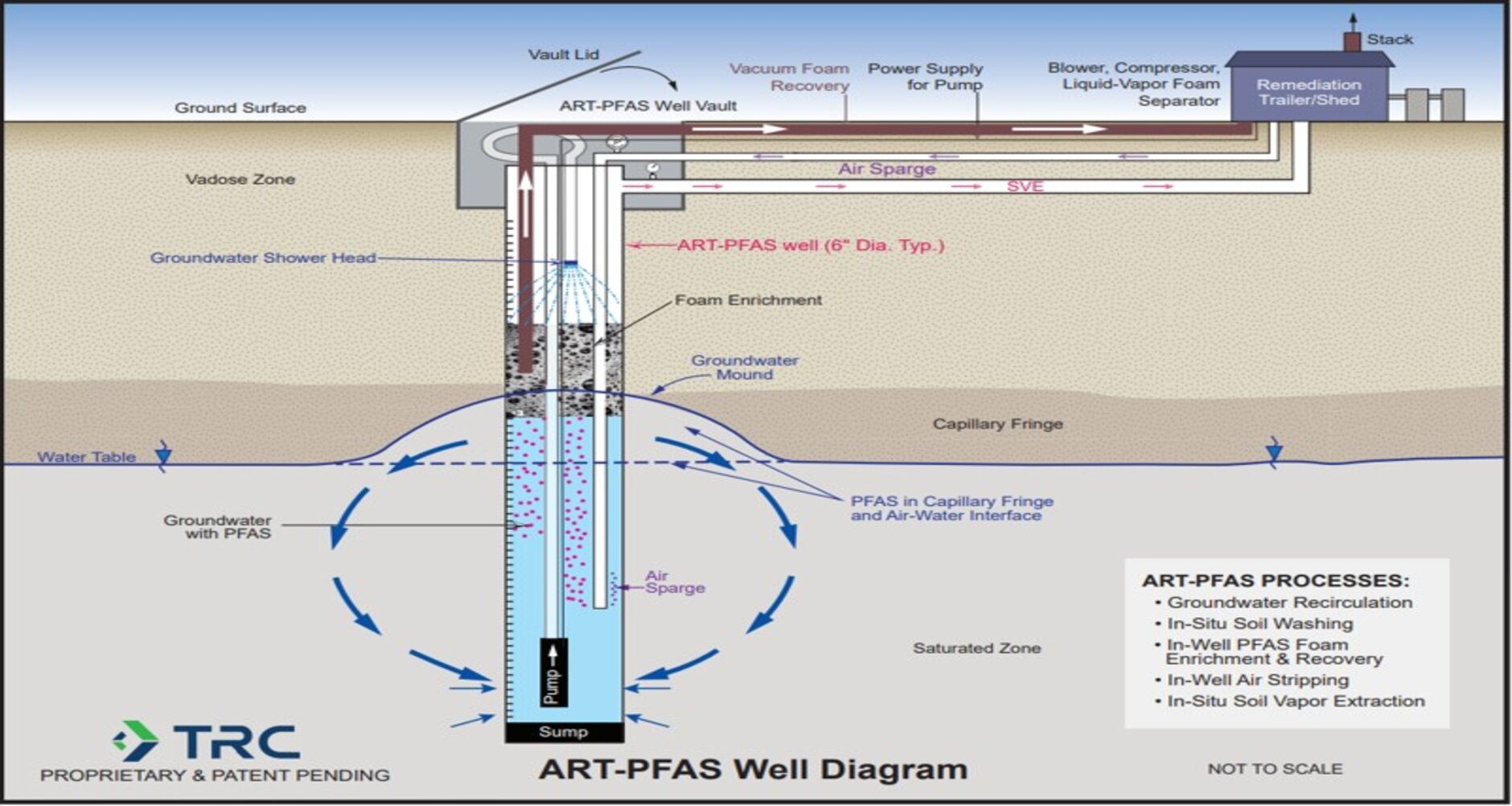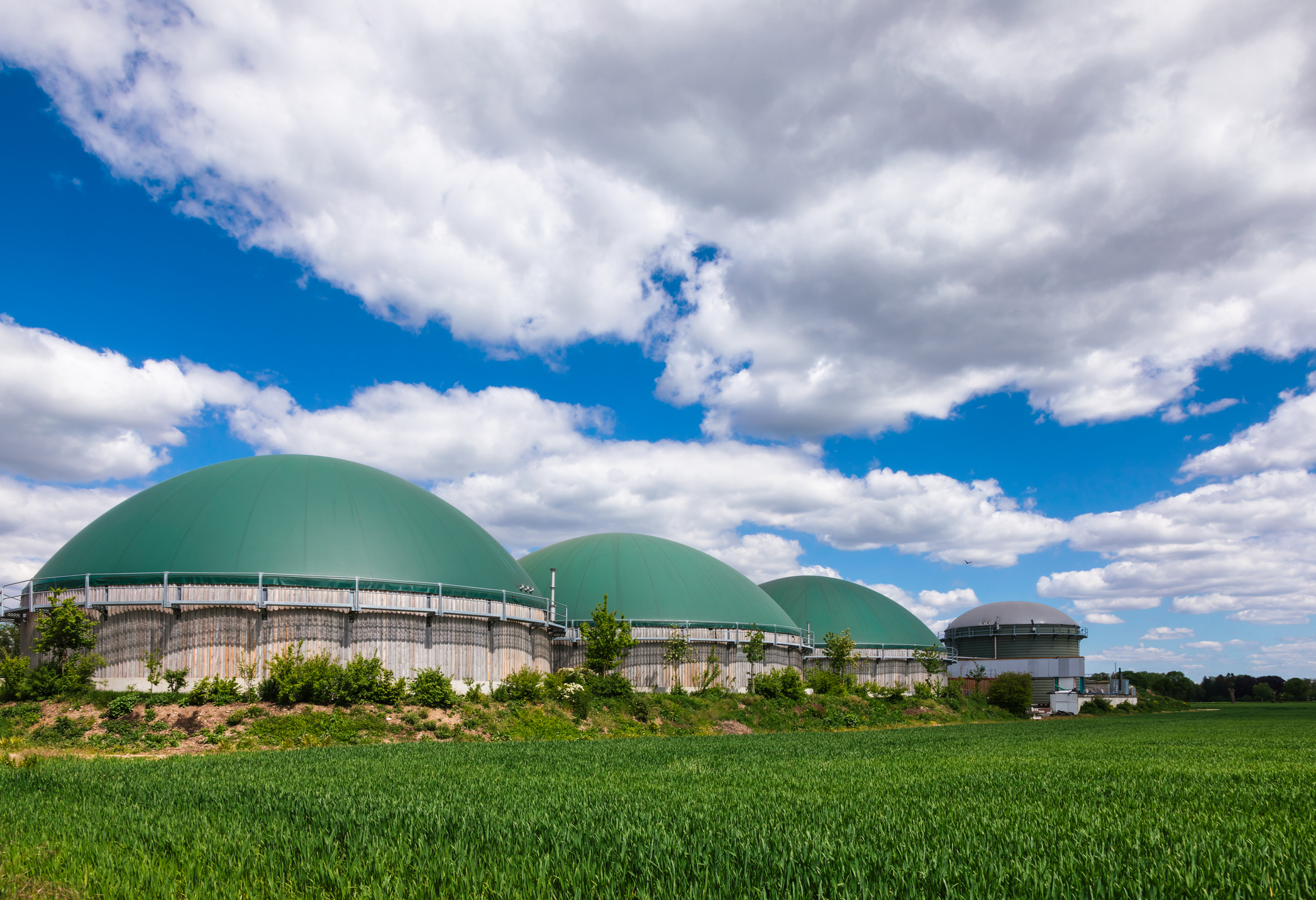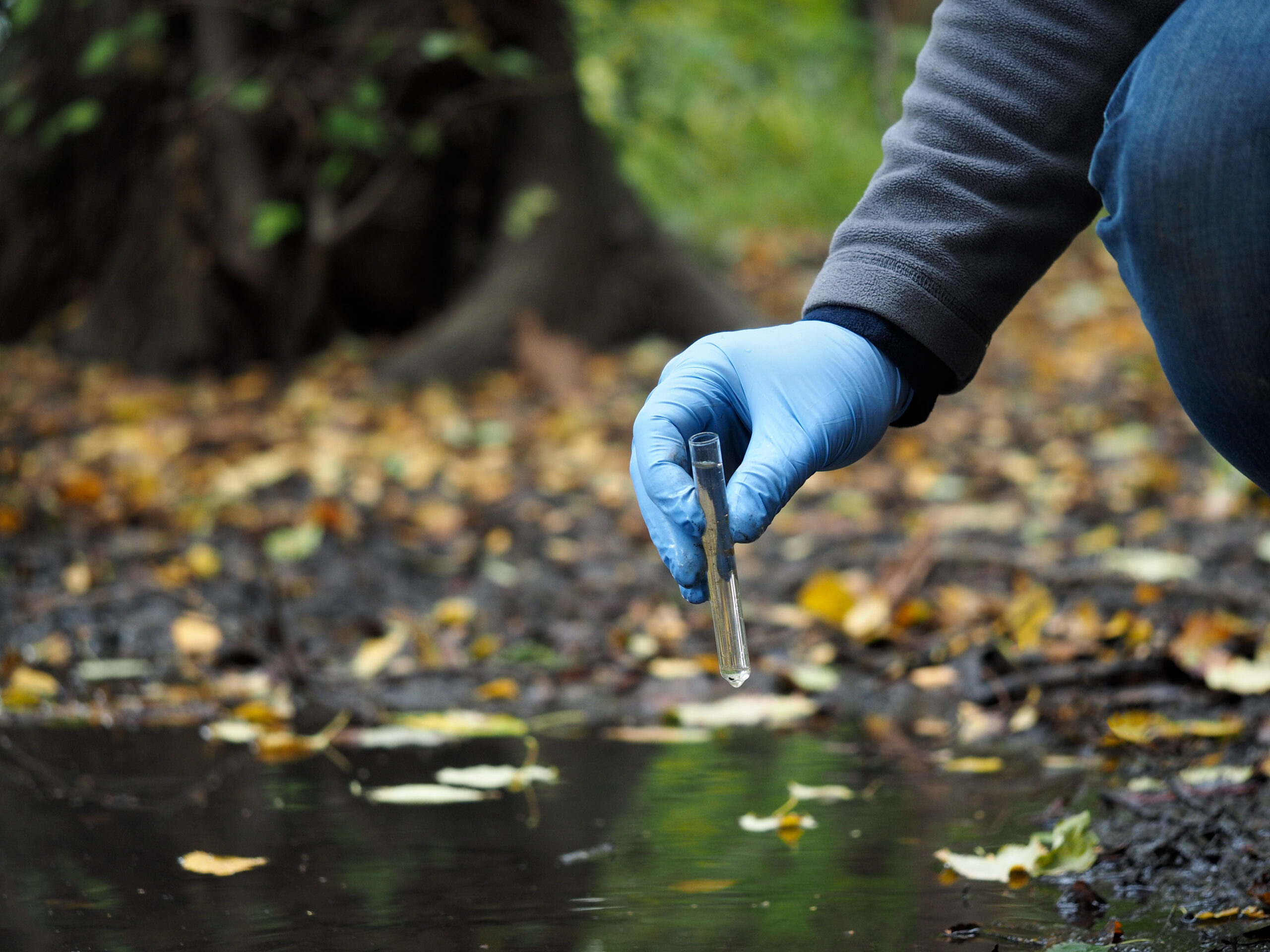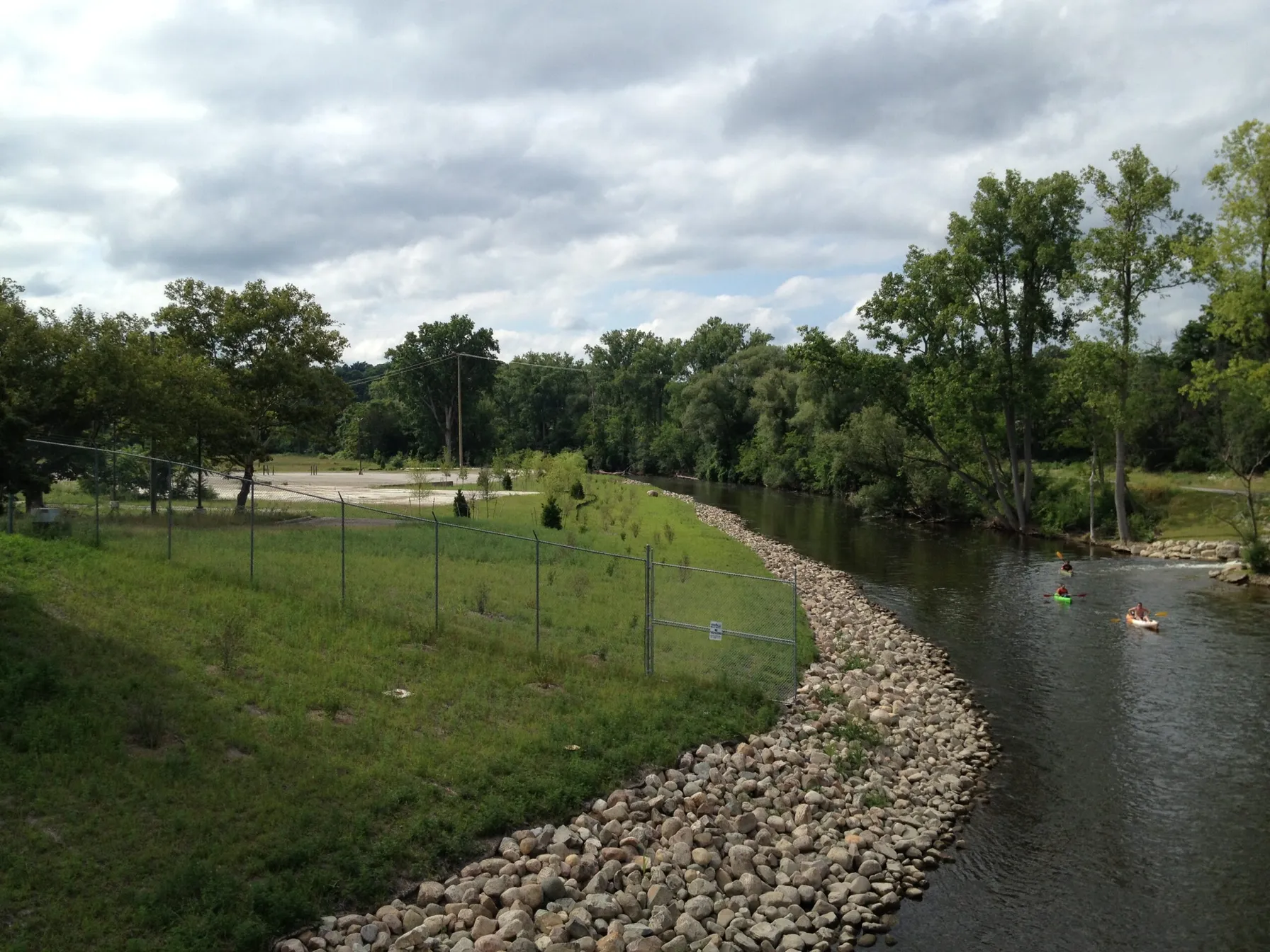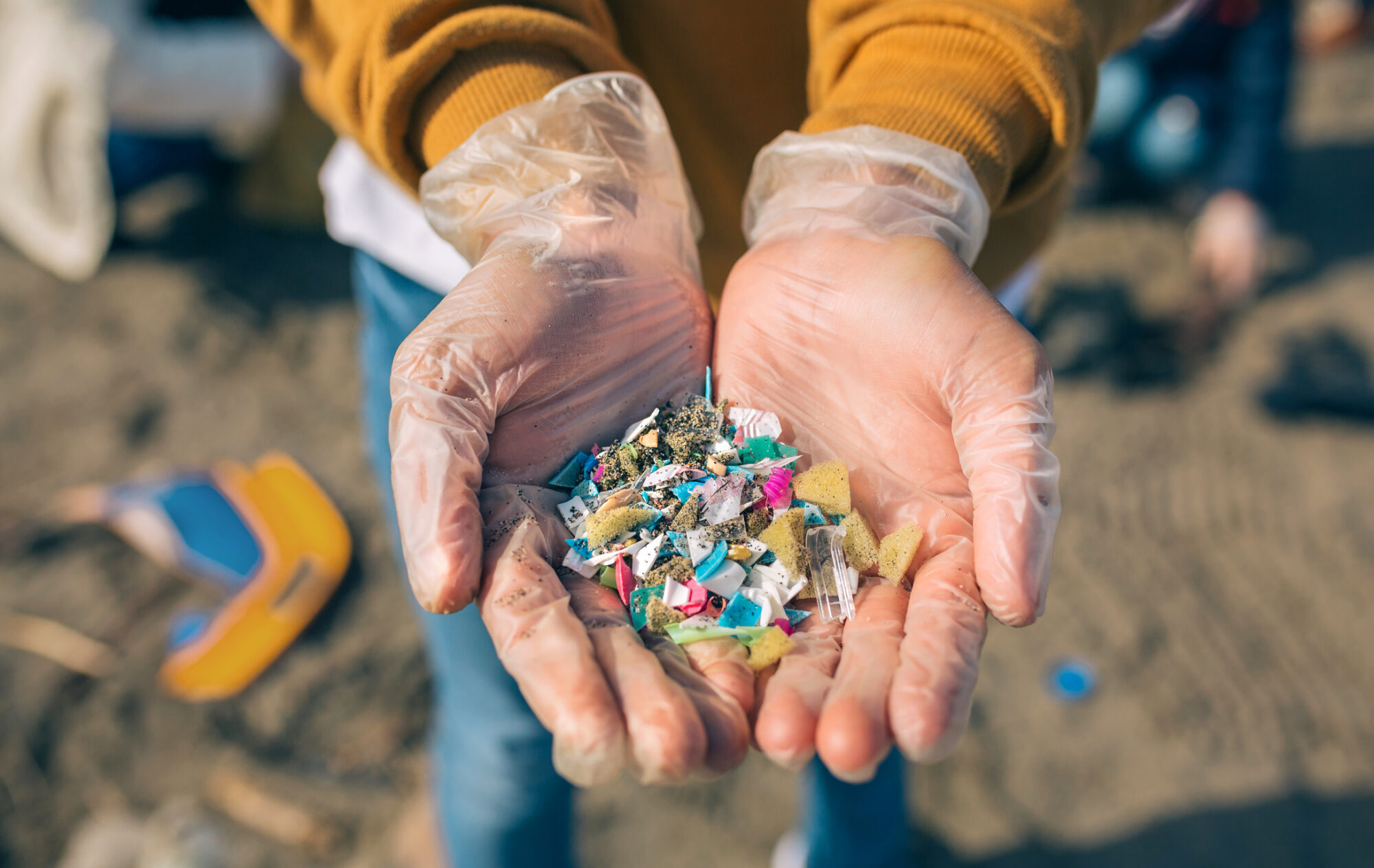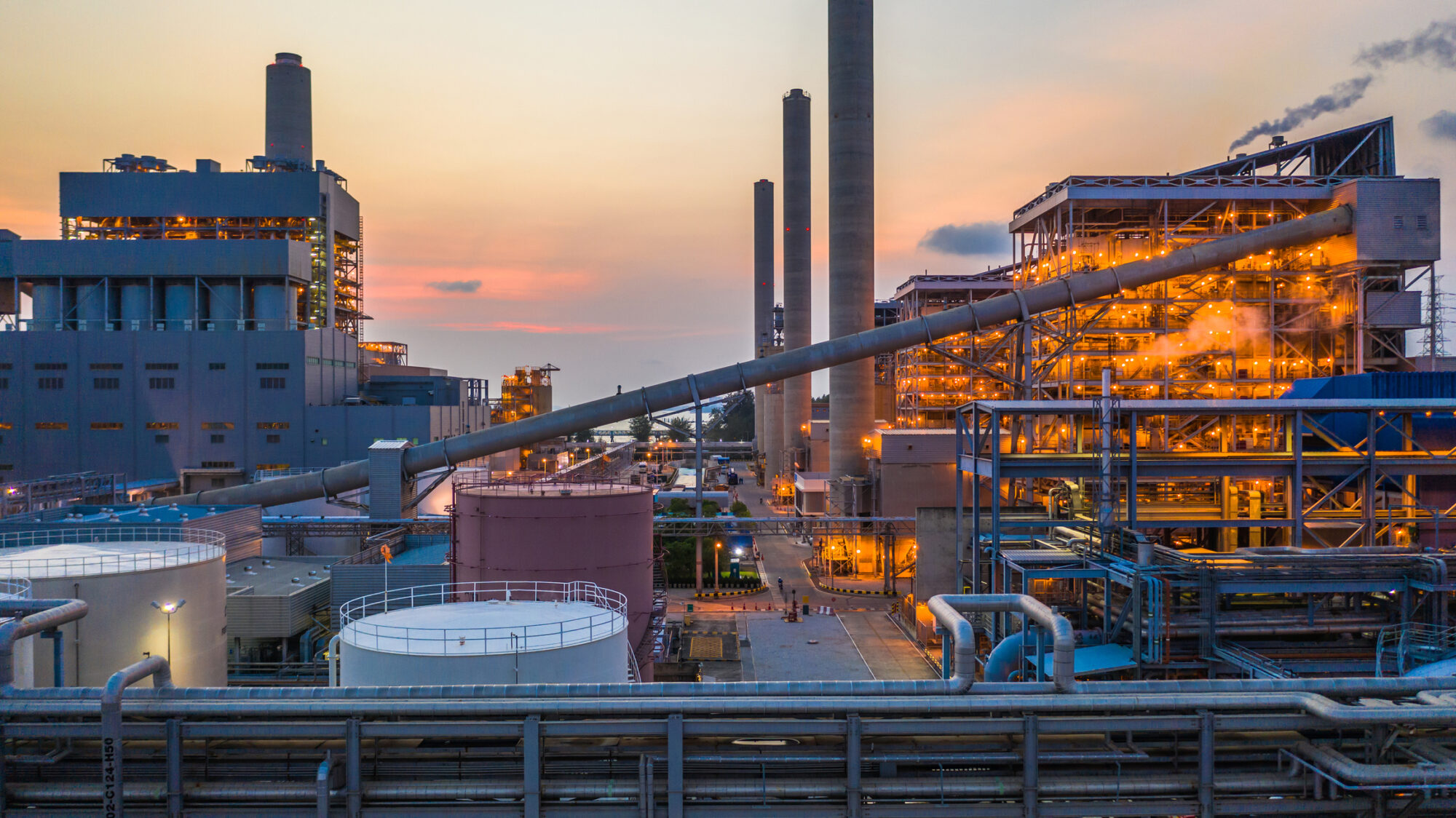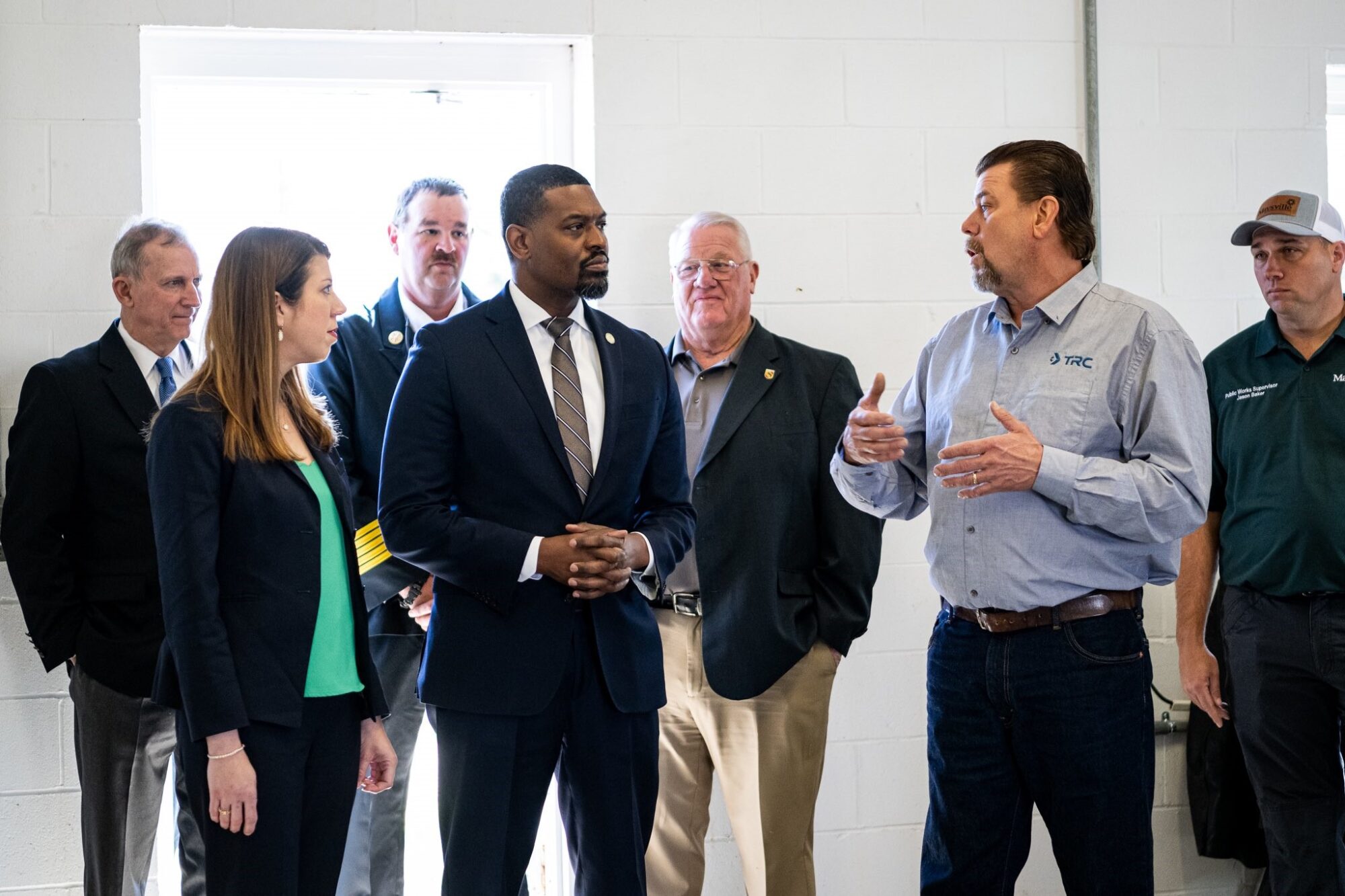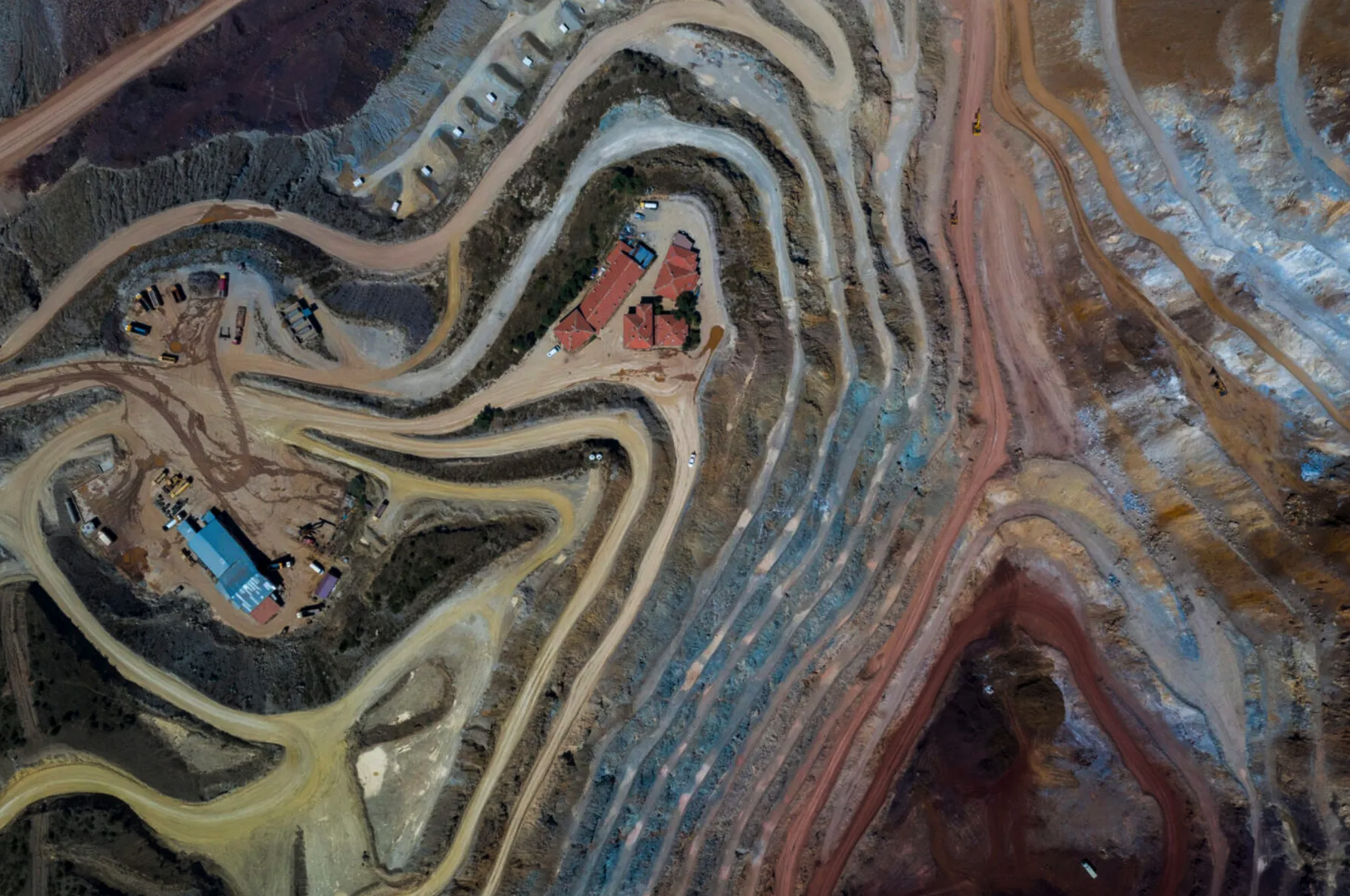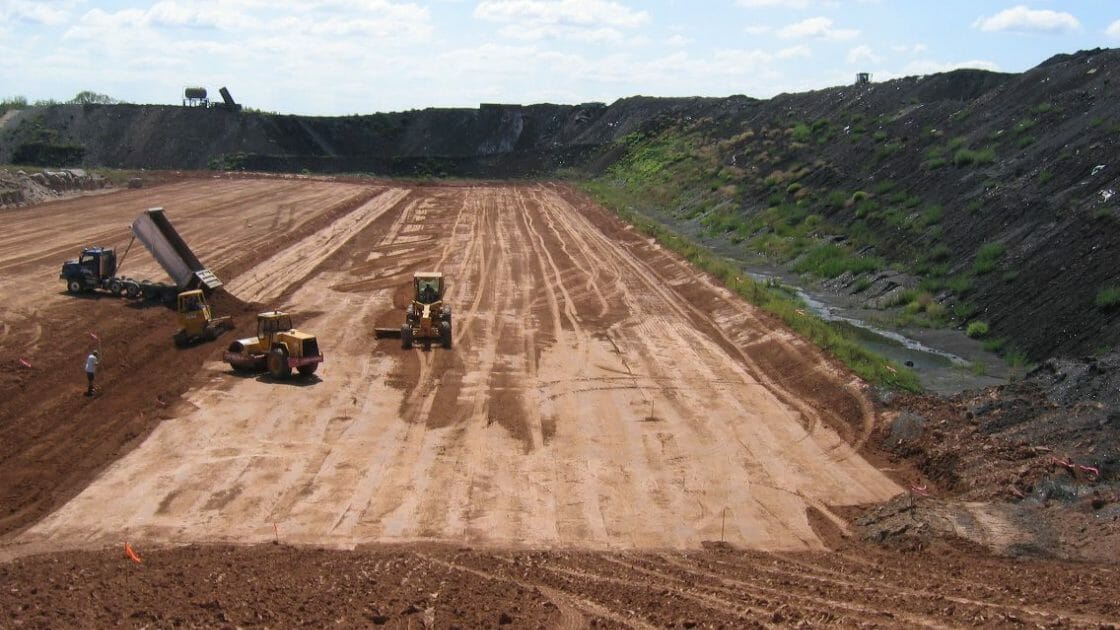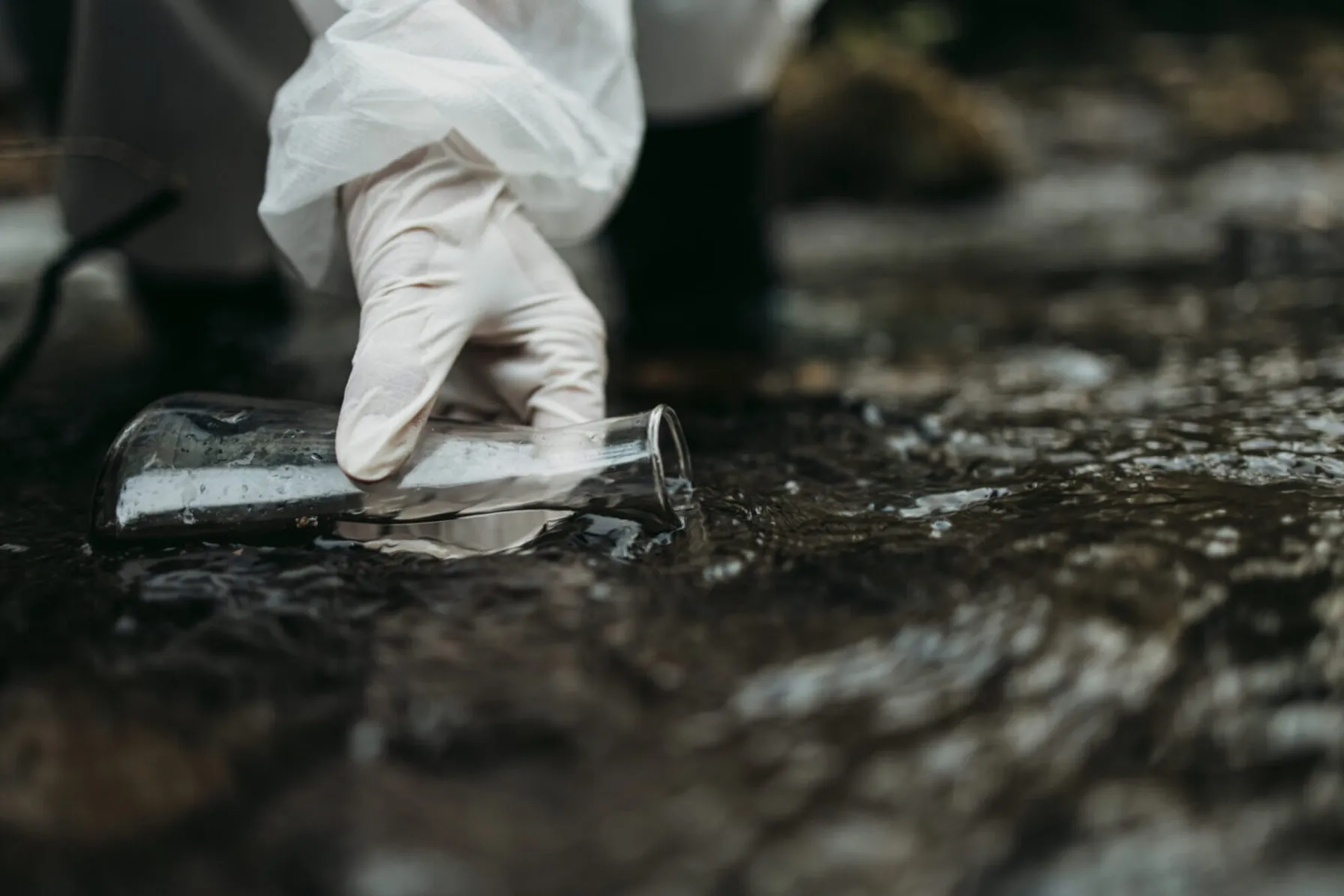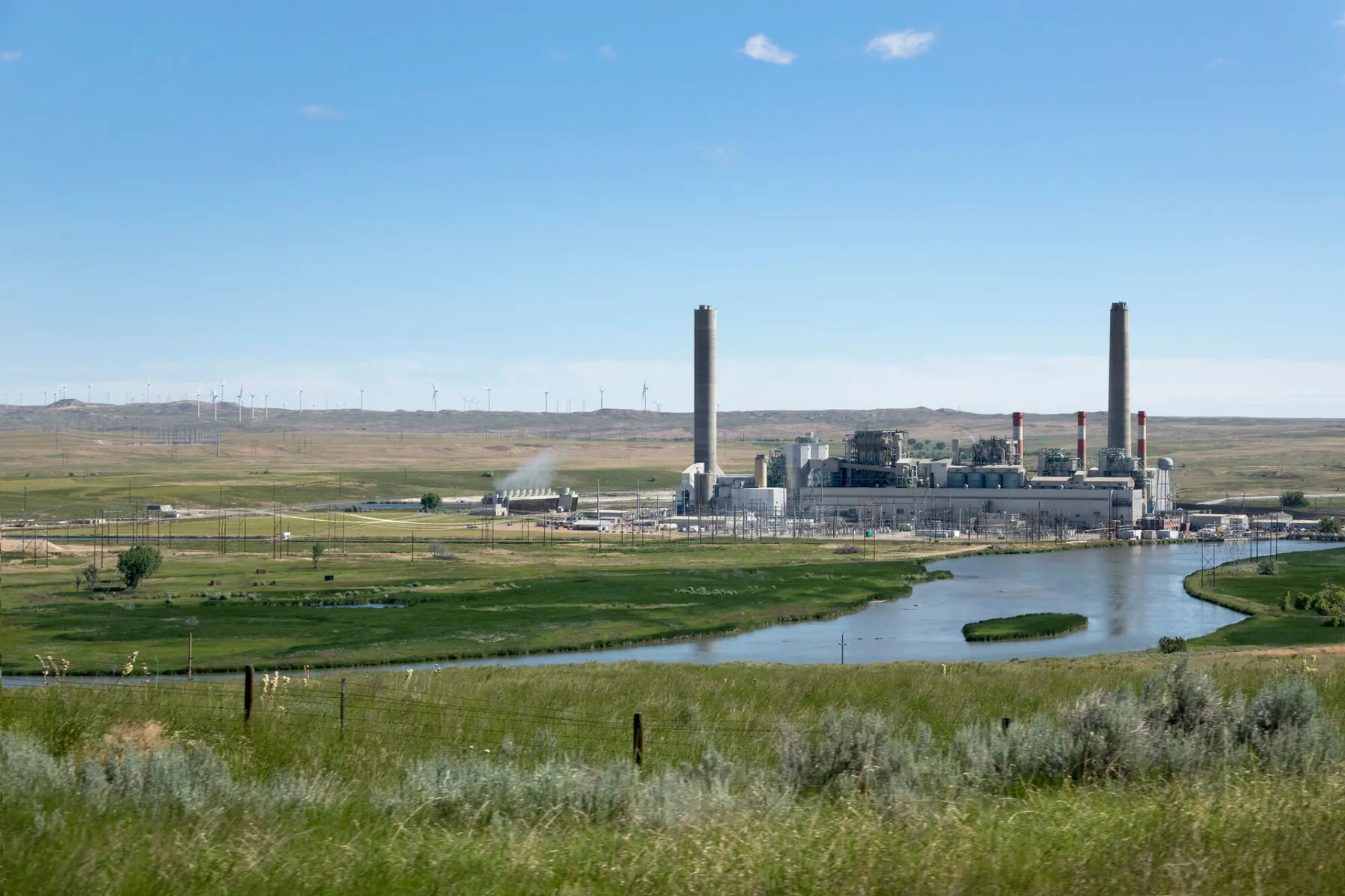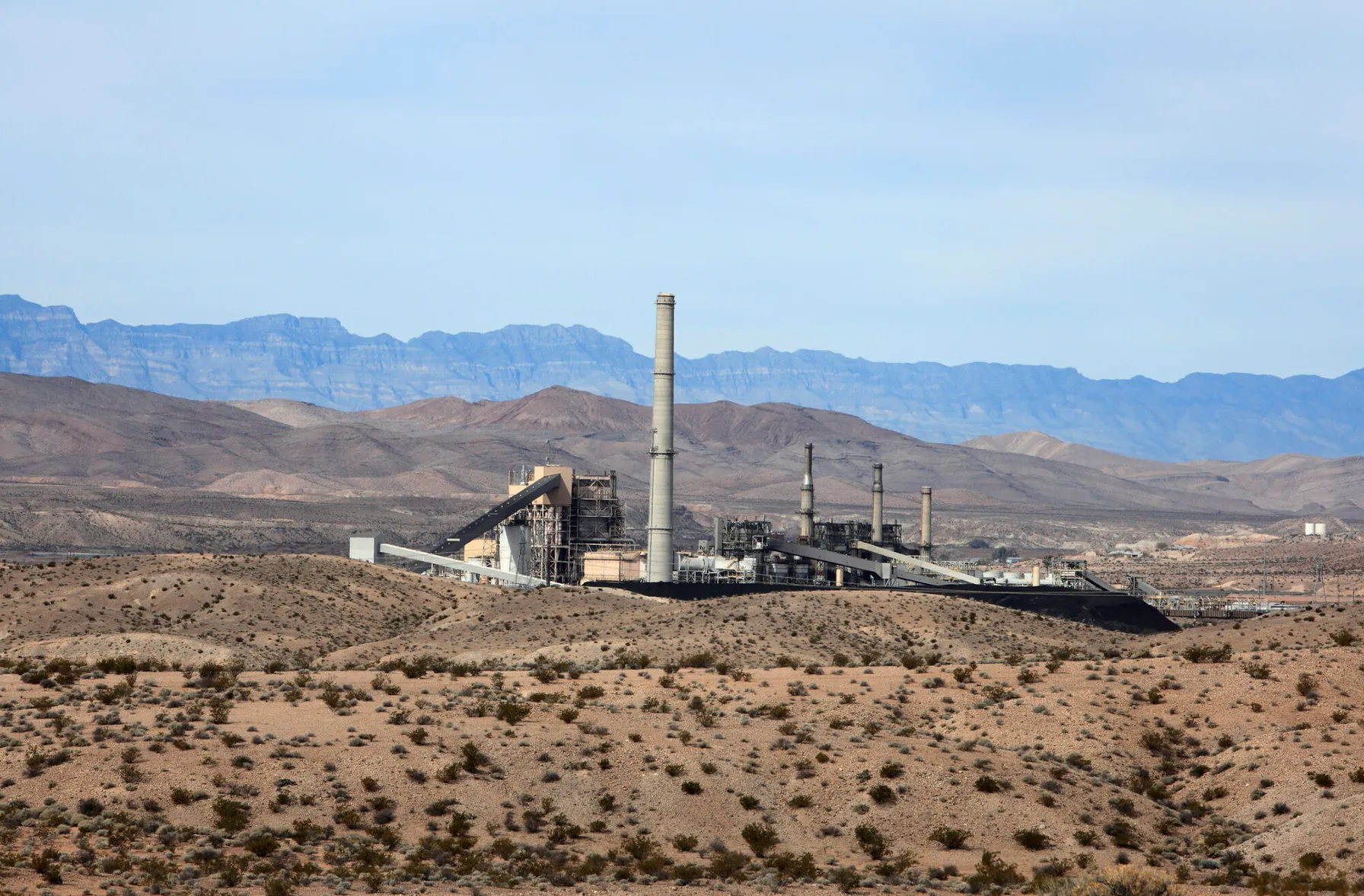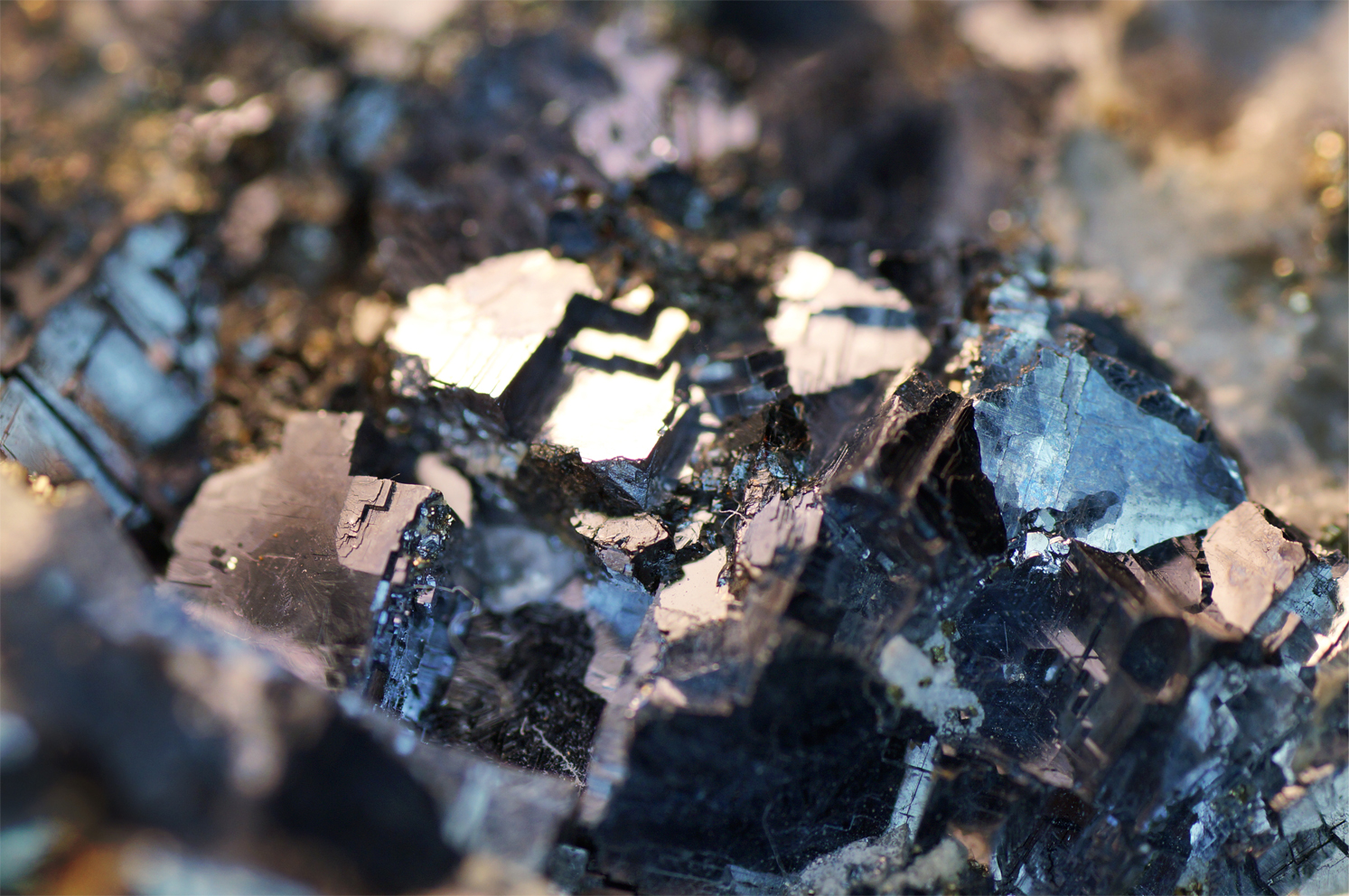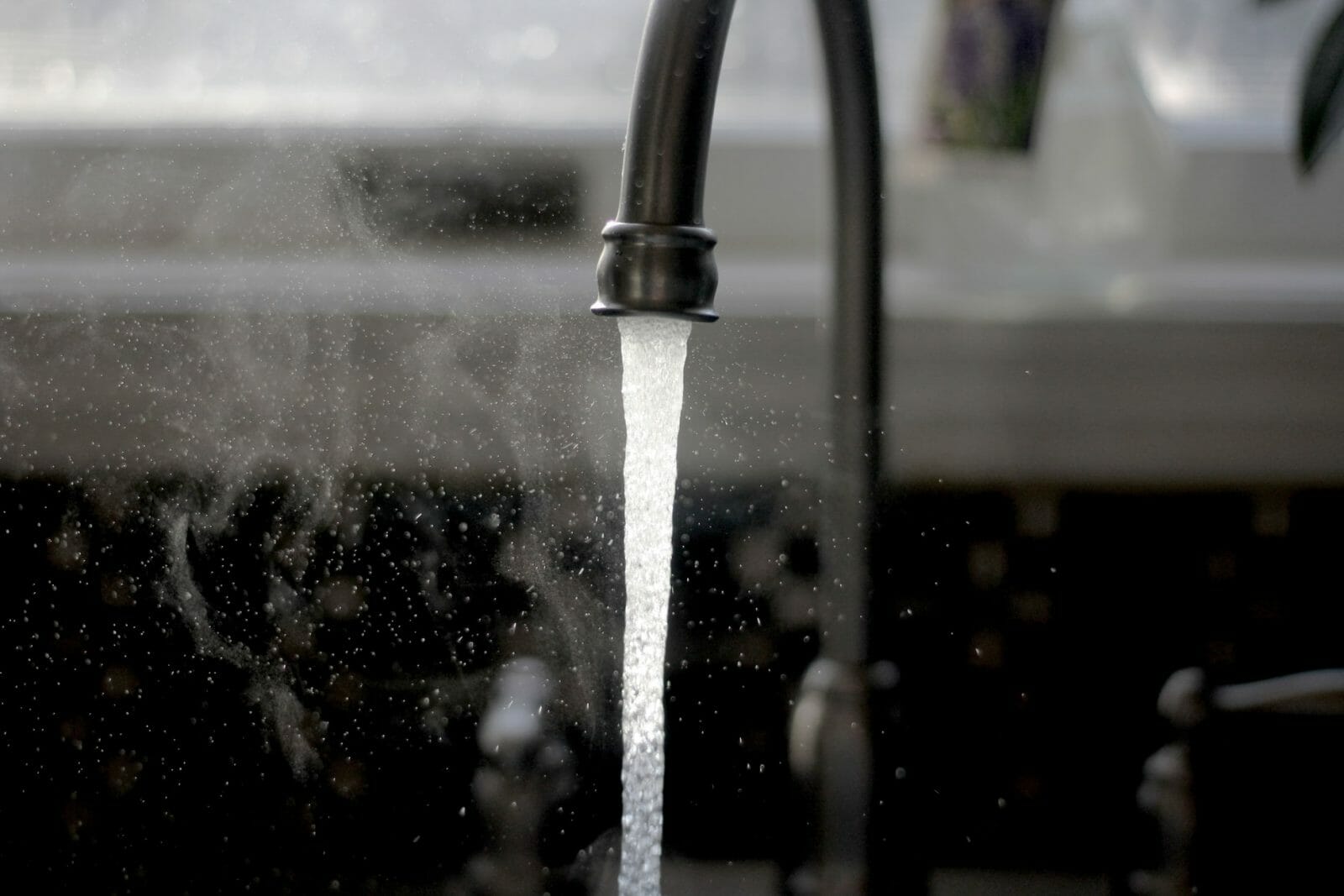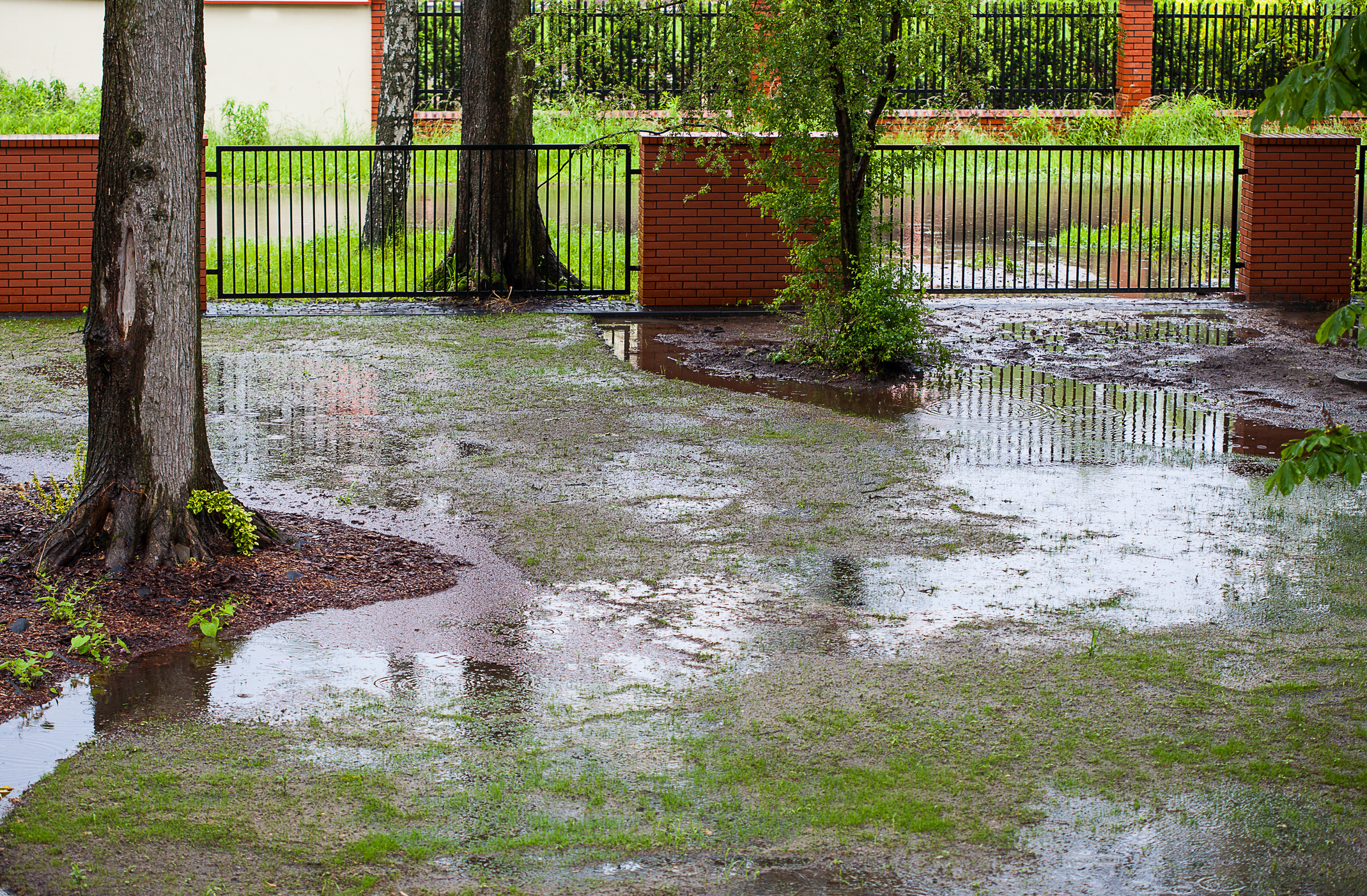TRC Experts Present Innovative Bioremediation Approaches at Battelle Conference
For specialists in the field of bioremediation, one of the most exciting opportunities for learning and sharing information is the Battelle Symposium on Bioremediation and Sustainable Environmental Technologies, coming to Miami May 22-25 with more than 500 platform talks, poster presentations, specialized sessions, and panel discussions.
TRC experts are making several presentations at the Battelle conference about innovative approaches they have developed for implementing and monitoring bioremediation and the use of naturally-occurring or deliberately-introduced micro-organisms to break down environmental pollutants.
Here’s a look at what TRC team members are discussing, with information about times and locations for their presentations during the Battelle conference.
Fingerprint Evaluation of PFAS Source, Identification of Surface Partitioning, and Associated Remedial Implications
TRC Program Manager Michael Eberle’s presentation outlines new considerations that remediation specialists need to take into account when sampling bodies of water for the presence of perfluorinated alkyl substances (PFAS), widely used to make products that repel water, grease, or stains. Based on a forensic evaluation of four areas from which PFAS spread to contaminate a drinking water reservoir in the northeastern United States. Michael’s team identified ways in which the tensioactive properties of PFAS can cause it to form an invisible sheen on the surface of the water, biasing sampling results when extremely high surface concentrations are not representative of the contamination level in most of the body of water. Michael will discuss development of new remedial strategies to account for and take advantage of this “partitioning” of PFAS in certain water bodies. (Tuesday, May 23, at 9:40 a.m. at Hyatt Regency Miami, Terrace Level, Tuttle Hall, Session F1)
Optimization Strategies for In Situ Bioremediation of a TCE Plume at a Complex Site under a Regulatory Paradigm Shift
TRC Project Director Brendan Lazar will describe a New Jersey bioremediation project in which emulsified vegetable oil, baking soda, and specialized bacteria (Dehalococcoides) were injected into hundreds of temporary injection points to break down trichloroethylene (TCE), an industrial degreasing solvent, in a complex, acidic aquifer. The TRC team incorporated large datasets from various media into a 3-D visual model. The presentation highlights the importance of iterative characterization and visualization tools to assess preferential pathways and inform remedial decisions and designs at complex sites. (Tuesday, May 23, at 2:40 p.m. at Hyatt Regency Miami, Terrace Level, Flagler Hall, Session D3)
Insights from Continuous Monitoring of LNAPL Natural Source Zone Depletion Rates for over Two Years
TRC Technical Director Keith Piontek will present the results of work done at a petroleum terminal to measure the mass loss of fuel hydrocarbons by measuring the heat produced by naturally occurring hydrocarbon biodegradation in the subsurface. TRC’s project was one of the first systems ever installed, and today is one of only about a half-dozen in the U.S., to remotely and continuously monitor natural source zone depletion (NSZD) through subsurface temperature monitoring. The thermal monitoring system constitutes a more accurate and less expensive alternative to other methods requiring periodic site visits by bioremediation specialists. (Wednesday, May 24, at 9:15 a.m. at Hyatt Regency Miami, Terrace Level, Orchid Hall, Session B5)
A Multi-Year Evaluation of Natural Attenuation of Chlorinated Ethenes and Methanes Using CSIA
TRC Technical Director Amy Wilson will review a multi-year monitoring of the breakdown of volatile organic contaminants using compound-specific isotope analysis (CSIA) at a challenging hazardous waste landfill site involving multiple landfill sources and releases, and highly variable groundwater geochemistry. TRC’s work included collecting CSIA data annually since 2011, which has rigorously documented a complex natural degradation system while also reducing the scope and cost of the monitoring program. Adding CSIA to routine groundwater monitoring can enable an ongoing demonstration of natural attenuation (NA), potentially leading to wider use of monitored NA as an alternative to more expensive approaches. (Wednesday, May 24, at 4:20 p.m. at Hyatt Regency Miami, Terrace Level, Monroe Hall, Session E7)
TRC specialists are continually developing and refining innovative solutions for clients, and we are excited to be presenting and learning at the Battelle Bioremediation Symposium.
Adapt to
Change
Partner With TRC’s Tested Practitioners




